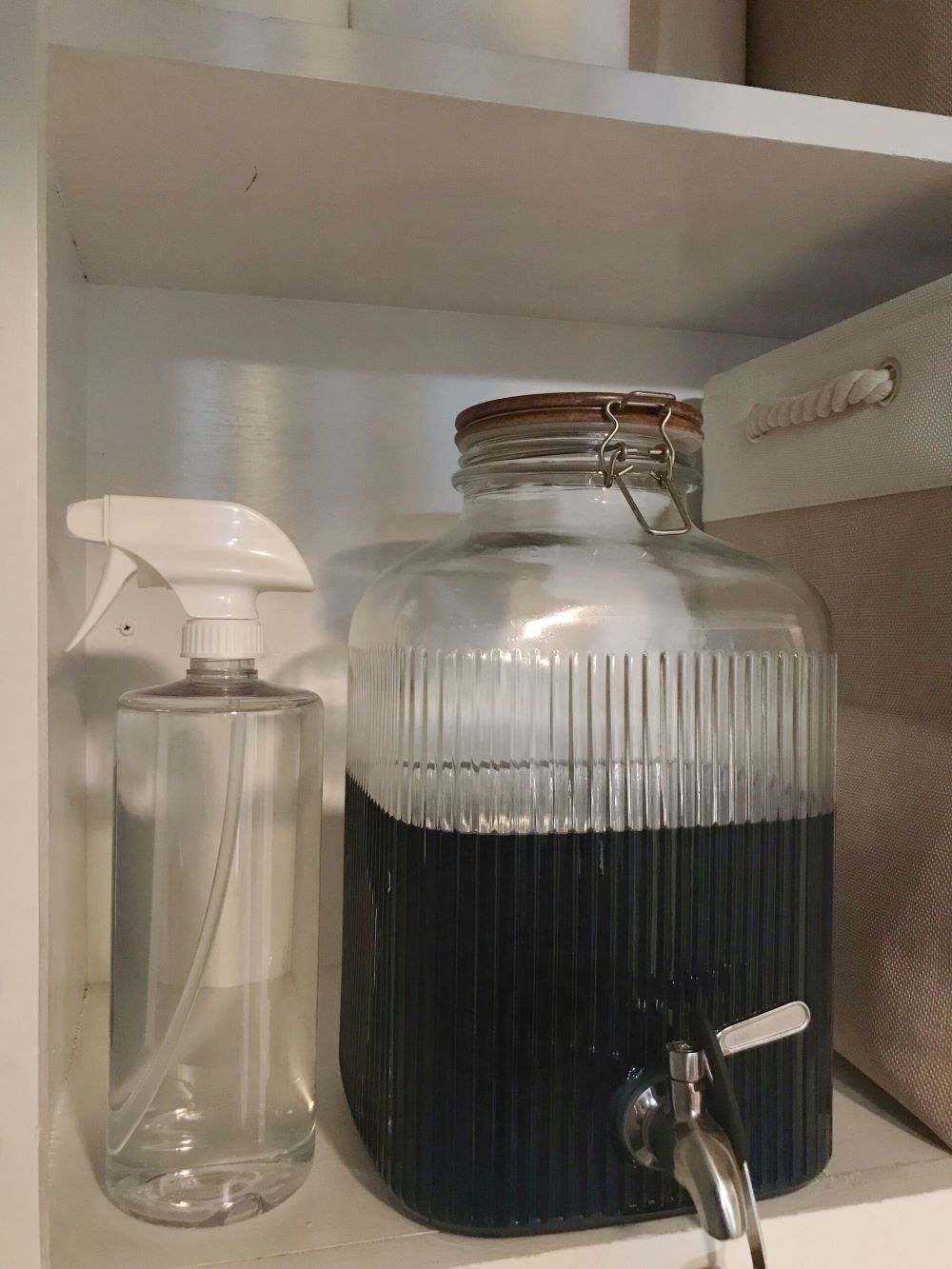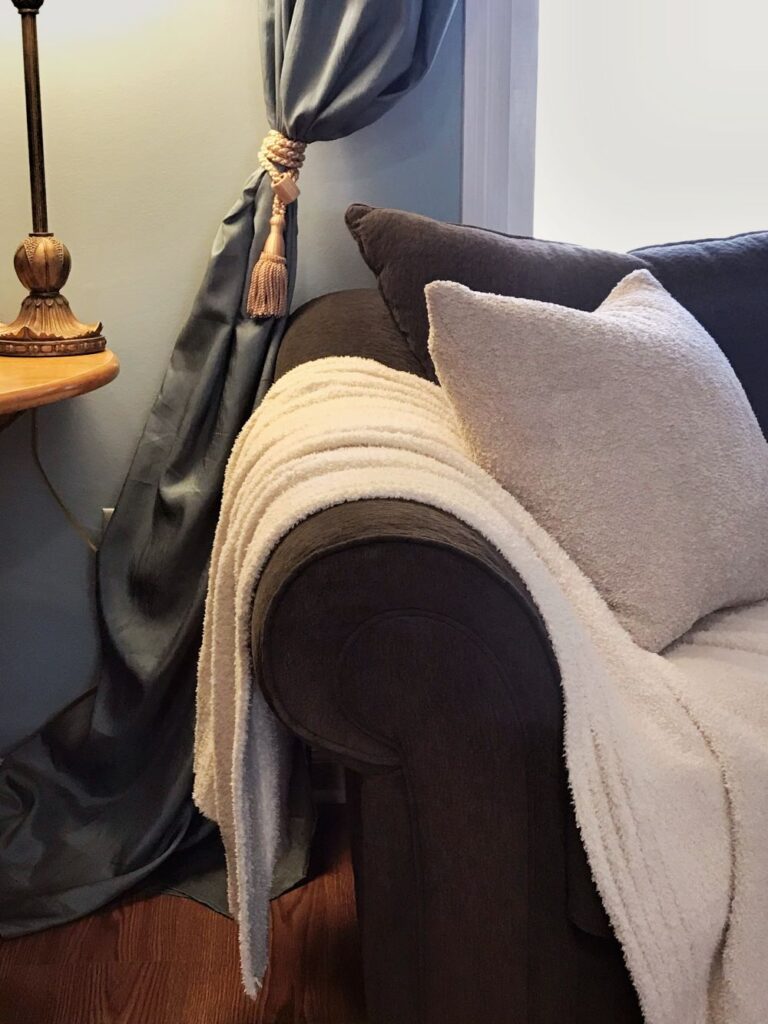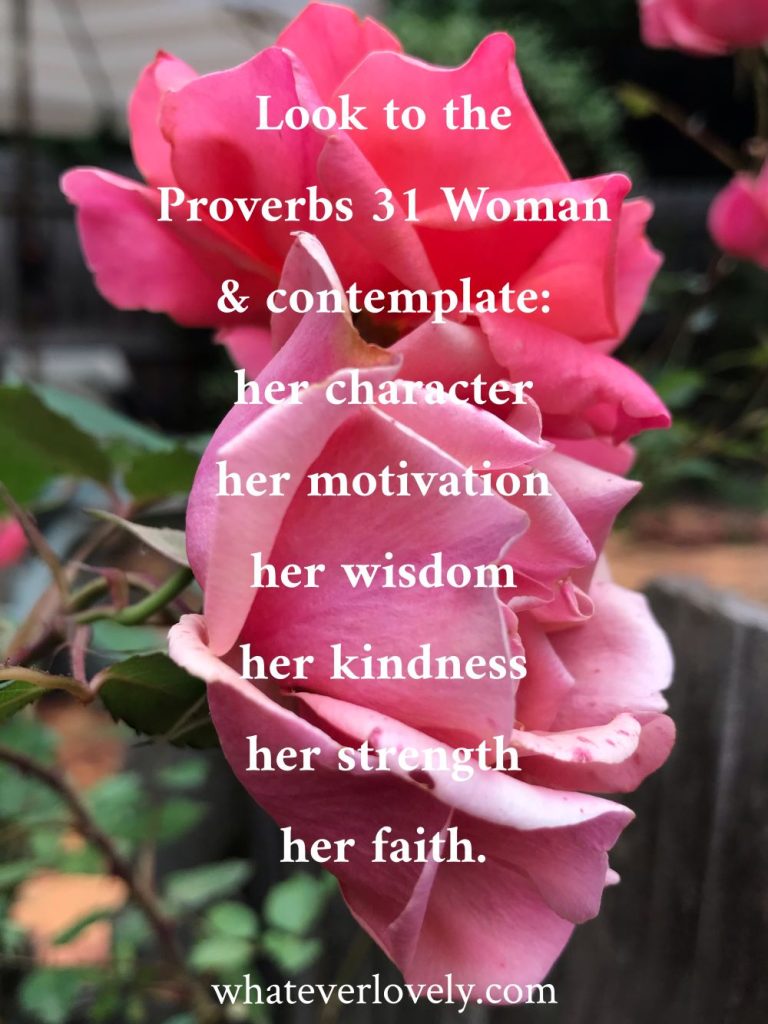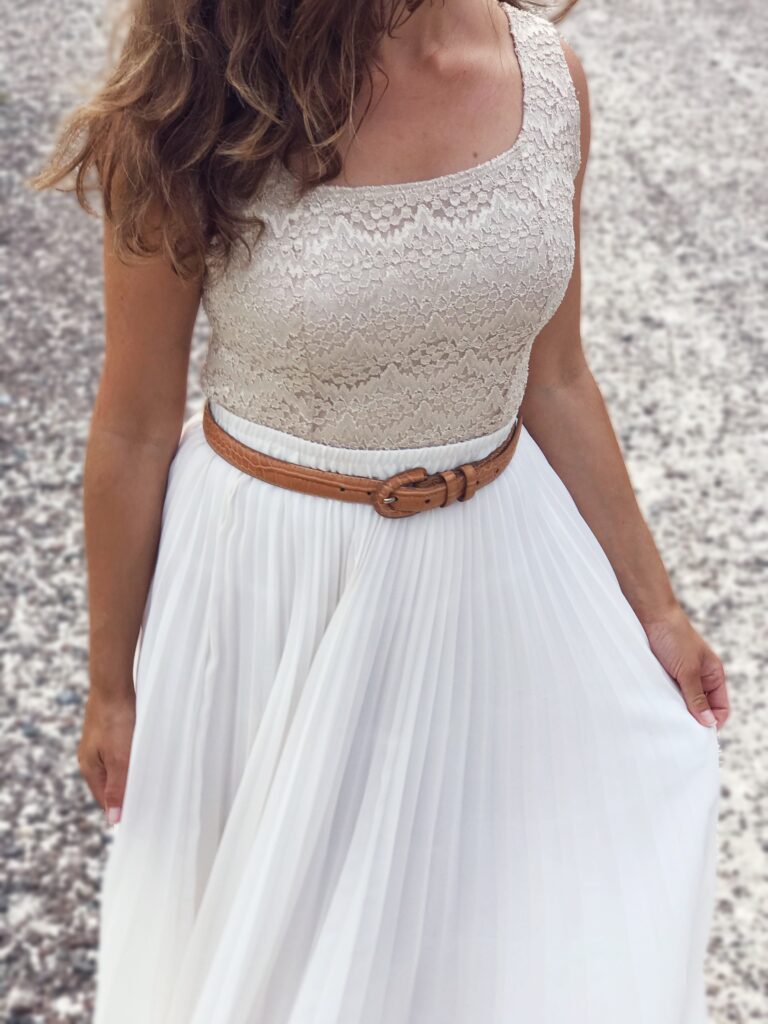
Ladies,
Laundry, like all of domesticity, takes knowledge and skill to do. Doing laundry with modern machines doesn’t mean we toss things in, and it pops out perfect without any work on our part. Far from it, the homemaker behind the process must make careful decisions and make timely interventions so all goes well. How we wash clothing & linens can be simple once we know why or why not to do something, but there is a lot to learn in order to make simple decisions.

Laundry Sorting by Color
- Sort whites from everything else lest they become tinged with the darker dyes.
- Sort non-white light colors from everything else.
- All mid & dark colors can be washed together on cold water as long as the items have been washed before because it means some of the dye has had a chance to be removed and not affect other items.
Laundry Sorting by Fabric
- Only wash towels with other towels, never other fabrics. The rough texture of towels will destroy fabrics when agitated in the washing machine and dryer. Never put a towel with clothing in the dryer to “make them dry faster”. They will make them dry faster and make them degrade faster! Towels should never touch clothing fabric. This is a quick way to create pills and make your clothing look worn out.
- Wash like fabrics with like fabrics. Rough items should only be washed with other rough items. Denim jeans, cargo pants, jackets, etc. will wear down other fabrics that are not as tough. Jackets and pants can have velcro and this will attach itself to something delicate and ruin it. Rough fabrics should be washed with rough fabrics. Soft fabrics should be washed with soft fabrics.

Washing Delicate Items
- Bras, slips, & lingerie are considered delicate items because of the smooth and light weight fabric. Use a mesh laundry bag to wash these items with your other soft textured clothing. They do not need to be in a separate load altogether as long as they are in their mesh bags which keeps them from getting tangled and misshapen.
Wash Clothing Inside Out
Yes, this matters. The outside of clothing will receive the full force of friction against other items in the washing machine and the dryer. If you have observed garments while doing laundry, you will have noticed that the inside of garments tend to be smoother and newer looking than the outside after months and years of washing it right side out. You can greatly reduce the look of aging to any fabric, be it durable denim or a soft t-shirt by simply washing and drying them inside out. The added benefit of this is to agitate the dirtiest part of the clothing that is worn against skin oils and bodily fluids while this also removes lint from the inside of socks that otherwise remains trapped to get stuck between toes.
Fabric Softener & Dryer Sheets
Both of these products coat fabrics in chemicals, which creates a barrier on the fabric. This can be helpful in some fabrics by making them less stiff and less prone to static. However, neither of these products should be used on towels because it will prevent the towel from absorbing water correctly. Towels coated in these chemicals will push water around and bead water off the towel instead of absorbing it into the fibers and drying off your skin or a surface.

Proper Amount of Detergent
Never guess at how much detergent a laundry load requires. On the back of every detergent there are simple directions for the correct amount of detergent per load size. Manufacturers who have tested their product at length have given these instructions because it is in their best interest to post correct dosage so that your laundry comes out at its cleanest and without residue. While some people think detergent companies tell you to use too much to sell more product, that strategy would never ensure their product is loved and repurchased. At the wrong dosage, detergent will either not wash fabrics clean, or they will make your items feel coated, stiff, or gummy. The best course of action is to use the recommended amount and decrease it only if you notice the fabrics have a film on them.
The Best Detergent
The best detergent is not the one you just love the scent of, although that could still be a detergent you use. The best is not the one free of chemicals that seems safer to you. The best detergent is the one that gets fabric the cleanest. In my laundry mat days, there were many times I experienced women’s laundry loads smelling of children’s urine after the washer and the dryer. These women were using all natural detergents, but the chemistry of those products was no match for bed wetters. Look for enzyme-based detergents that are designed to break down bodily fluids, stains and odors and wash them completely out of fabric. Tide and Persil are two brands that consistently rank above other brands in their cleaning power. For loads that do not require removal of such odors, you can enjoy your favorite scented detergent, it will still clean well. Or perhaps you want to use a natural product on things that do not need heavy cleaning. I enjoy having a few different favorite detergents for different purposes and rotating them based on the need for that load.
Bleach
It is a good idea to bleach certain items to keep their white color from looking dingey. Bleach is also a way to sanitize colored clothing as well without ruining the color. The difference lies in what type of bleach you are using. Chlorine bleach will ruin colored fabric and is only meant for white fabric. Non-chlorine bleach can be used to boost cleaning and sanitization of clothing. It is called any of the following: oxygen bleach, peroxide bleach, or color-safe bleach. Bleach can be used alongside laundry detergent but be sure to use the “bleach dispenser” on the washing machine. Do not pour it directly onto fabric and do not mix it undiluted with detergent yourself. The bleach dispenser dilutes the bleach properly with water as it mixes into the items during the wash cycle. Always read the bleach directions carefully and only use the recommended amount per load. Never mix bleach with any other cleaning product other than laundry detergent. Bleach is not necessary to use for every load of laundry, but it does help with heavily soiled items and stained whites. Some fabrics should never be washed with bleach such as: silk, mohair, wool, leather, and spandex. Many clothing items have spandex so use bleach with caution on clothing.
Stain Treatment
Own a tried-and-true stain removal spray for the inevitable food, drink, and dirt spots. Just go by what the bottle says and watch the magic happen! My favorite has been Oxiclean Stain Removal Spray that I decanted into a clear spray bottle.

Water
You need ample water to clean fabric. Set your washer at a high enough water setting so that fabric is more than just wet, it is submerged and has enough water passing through the fibers to push out the detergent that releases the oils and dirt along with it. The agitation of water helps do this but if the water amount is too low, you will need to do extra rinse cycles because you will still feel detergent or oils on the fabric. Modern machines skimp on water, so it is even more important to set the water settings high to get the best clean and rinse.
Water Temp
Cold water cleans, retains fabric dye, and does not promote shrinkage. Hot water can set stains, releases fabric dye, and shrinks certain types of fabric. Default to doing laundry with cold water. Use hot water for the occasional filthy item like a dog bed that needs that extra amount of cleaning power. The only other time you may need to use hot or warm water is if your pipes freeze in the winter and it’s better to use a warmer temperature water through them to keep them from freezing. If you are in a hot or temperate climate, your cold water might be on the warm side, so it almost is like using warm water. Just remember that you pay to heat your water so setting the washing machine to warm or hot water actually costs more money.
Dryer or Hang Dry
Certain items should be dried in the dryer and others should be hang dried. Which is which? Heavy, durable fabrics go in the dryer. Towels, denim, cargo pants, flannel, cotton t-shirts, men’s button downs shirts, corduroy, bedding, blankets, etc. Lighter weight fabrics need to be hang dried: rayon, spandex blends, polyester, nylon, etc. But the combination of dryer and hang drying is usually best for women’s lighter weight clothing! Dry them briefly for 15 minutes to fluff the material, remove excess moisture, let the heat relax the wrinkles and then hang dry for the remainder time. Use the dryer heat and tumbling to fluff and de-wrinkle but pull items early to hang dry to reduce friction of delicate fabrics and keep them new looking. You can hang dry cotton clothing to preserve the fabric better but cotton will require ironing because it wrinkles without heat drying.
Dryer Low Heat or High Heat
Some fabrics do well on high heat while other fabrics look worse with high heat and can even melt. Reference your tags on individual items for washing instructions! Heavier durable fabrics like jeans, men’s shirts and towels need high heat to dry in a reasonable amount of time. Low heat is always a safe bet for lighter weight clothing, but you may need to run the cycle twice to thoroughly dry. Always use low heat on polyester items that have a texture to them like throw blankets because this material can melt and matte in high heat ruining the soft texture.
Laundry is Simple & Pleasant When You Know How to Do it
Laundry is a peaceful and pleasant experience when you know how to do it and learn to enjoy doing it, and yet, few women are taught directly about these things and even go to college not knowing how to do laundry. Turns out, these things are not the sidelines of life, how we treat something like laundry becomes the way our home looks, feels, and functions. This is our duty and our honor to do this with love and excellence in our home as we were taught to do in other topics elsewhere.
Leave your favorite laundry tips and ideas in the comments below to help other homemakers.





Leave a Reply